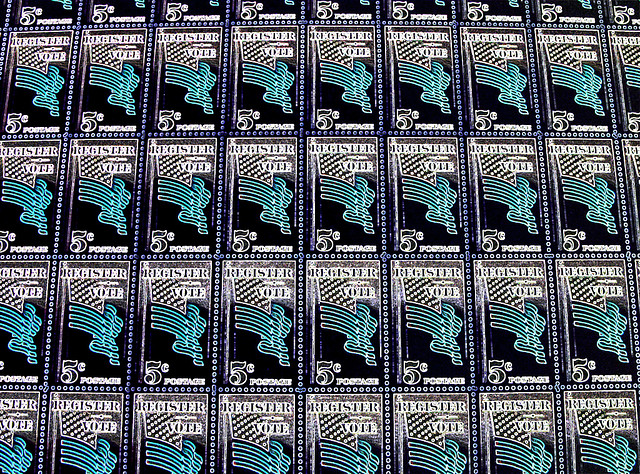Glowing Stamps and the Story Behind Their Glow
Stamp collectors in the Philippines just got a treat from one recent stamp release by Philpost. The country’s first glow-in-the-dark stamp was made in commemoration of the 50th Anniversary of National Parks Development Committee. Its date of issue is December 5, 2013 and its estimated last day of sale is December 4, 2014. It features a photo of the Musical Dancing Fountain.
What Makes the Stamp Glow?
The glow in the stamps comes from a phosphorescent coating which makes it easy to see the stamp under ultraviolet light. The phosphor compound called the taggant cannot be seen by the naked eye. The luminescent glow can also be fluorescent in nature. The main difference between phosphorescent and fluorescent is in how the glow or light is made visible. The former needs an excitation energy to emit the light while the latter does not. An excitation energy is an energy needed to change something from a ground state to an excited state. In this case, the UV light serves that purpose. The taggant is added to the raw paper used for stamps before printing of the vignette.
What is the Origin of Glowing Stamps?
It is not commonly known that the primary reason for wanting to make stamps glow is not in any way connected to aesthetic reasons. Glowing stamps are undoubtedly beautiful but there was one compelling reason why the US Post Office Department chose to come up with these stamps during the 1950s. During that time, mail services were being heavily used and there was a need to find a way to sort and postmark mail a lot faster than how they were being done then.
All mails used to be sorted by hand which was quite tedious and slow. The solution was provided by a private company through the “stamp glowing” process mentioned above which formed the foundation for tagging. Tagging made it possible for machines to find the stamp/s on the letter, turn or face the letter and then cancel the stamp/s on it. Machines are able to detect the stamps through their glow as made possible by the invisible coating. Stamp tagging is a fairly old technology which continues to be useful at the present time.
My Say
The Philippines may have waited very long for our very own glow-in-the-dark stamp. Many countries have already issued their own prior to our country’s own stamp release. Still, for a novice stamp collector like me, it is still exciting to know of this.















Peachyness
Ang cute ng mga stamps!
Nickle
COOL! Is snail mail still “alive” though? LOL
Teresa Martinez
It still is but barely I think because of the very fast pace of modern life.